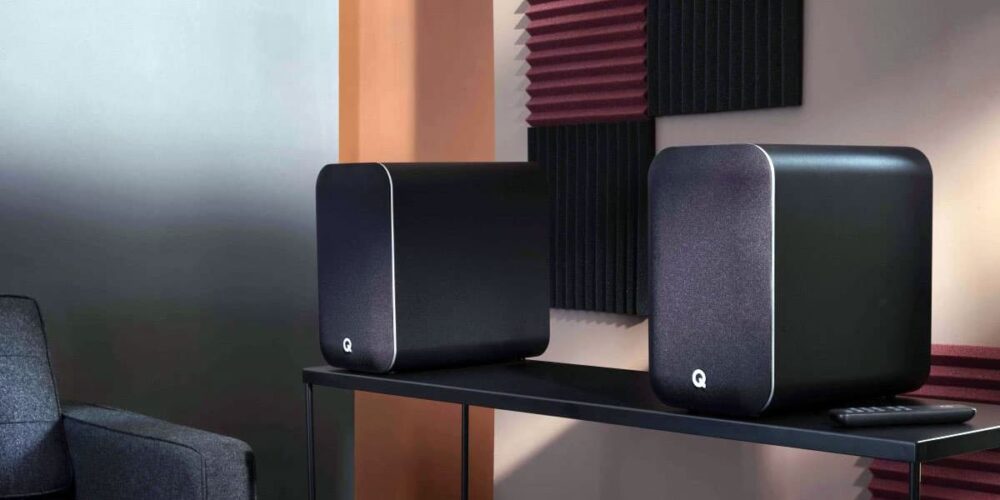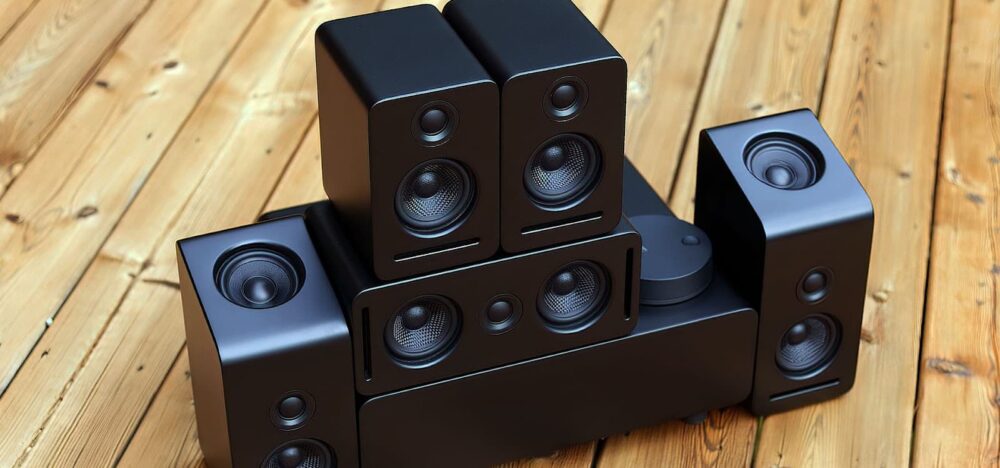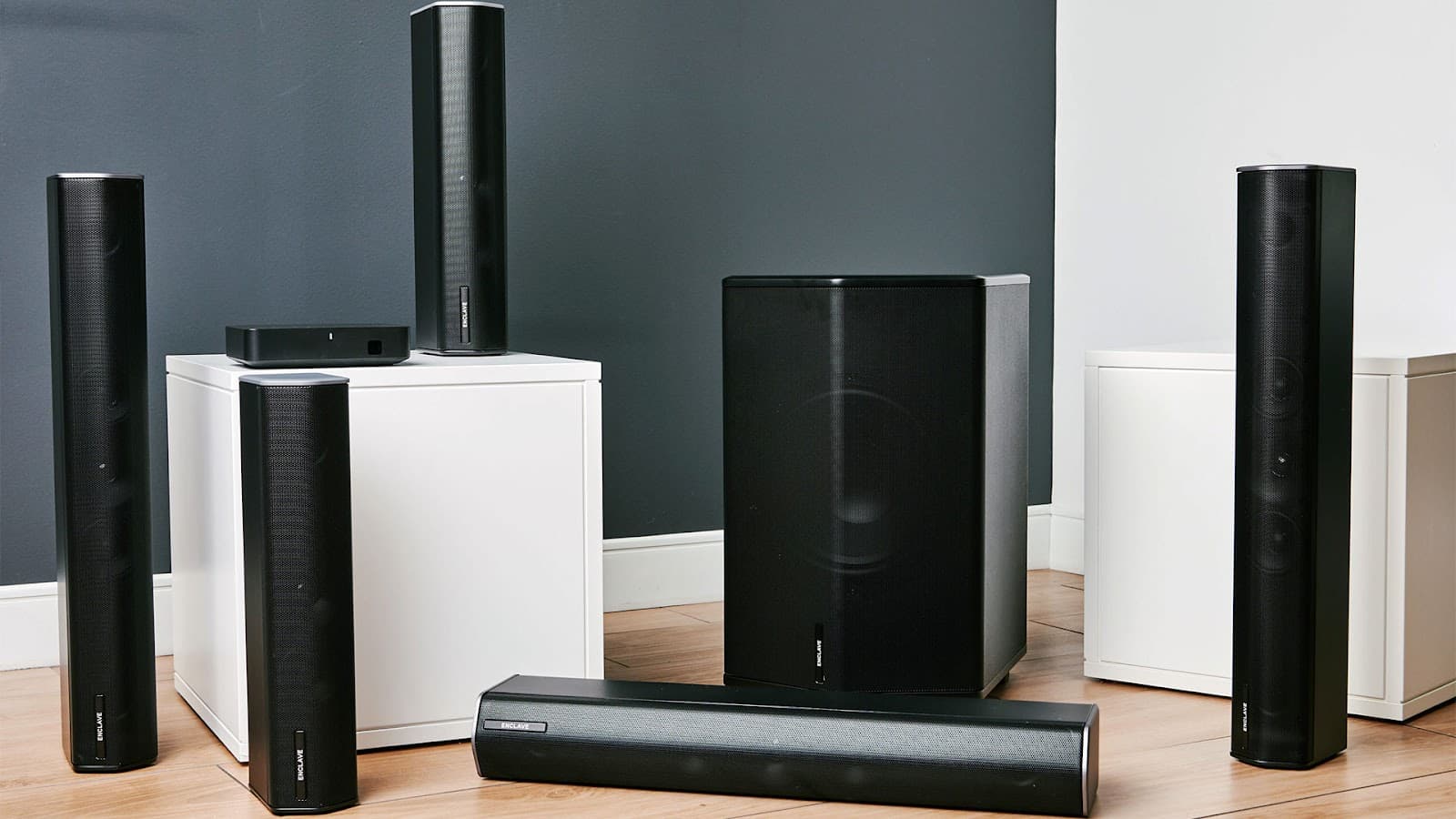It seems you’re plunging into the world of wireless surround sound systems. Am I right? These clever settings are shaking up the home cinemas, that is, combining the greatest audio with the comfort of cutting the cord. Whether you are going for something cheap or the top choice, knowing what you are getting is vital.
However, this article aims to explain the differences in the various systems and guide you through the advantages and disadvantages of wireless surround sound systems. Once we are done, you’ll be in the know as to which setup suits your room and wallet.
Wireless surround sound systems
Unlike the old wired systems, a navigational nightmare of cables, today’s wireless home theater systems allow a seamless, smooth living space. The magic of these solutions is found in the way they effortlessly provide immersive audio without any physical requirements for the speaker and the audio source to be located in the same place.
However, the mode of operation of these wireless devices is a significant question. The core components of wireless surround sound systems are made up of technologies such as Bluetooth and Wi-Fi, as well as special wireless protocols crafted for transferring audio. This is one of the many strengths of Bluetooth, which is more than capable of streaming music from your phone or tablet and offers convenience and simplicity. The wire-free connection provides superior quality and enables more sophisticated arrangements like multi-zone audio setups. There are also wireless protocols that are proprietary to various manufacturers who try to lower latency and synchronization issues in all speakers during playback of high-quality sound.

Pros of wireless surround sound systems
When you finally get to understand the advantages of wireless sound systems, you can really see the simplicity and benefits they bring to any place. For starters, the installation is a snap. Today, cables are no longer the problem we used to have or the one that took hours of our time to hide behind the furniture. With wireless systems, you can forget those cables and enjoy the slenderness and neatness of your room.
As for flexibility and aesthetics, my two favorite parts of the cycle, I cannot be more enthusiastic. Whatever the placement is, you don’t have to be concerned about reaching the closest outlet since it’s completely wireless. Such flexibility makes your room look better and gives you a better sound quality by putting speakers wherever you want them to be.
Technological innovations have gone as far as being a game changer. The innovations have come a long way, and modern wireless surround sound systems can compare to or even outperform their wired counterparts regarding sound quality and reliability.
And let’s not forget the cherry on top: home automation integration. It may sound quite futuristic, but you can control your sound system with simple voice commands or even a tap on your smartphone, making it very convenient and totally integrated.

Cons of wireless surround sound systems
First up, potential interference problems. Do you know how annoying it can be when your Wi-Fi gets wonky because too many devices are on the network? Well, these sound systems can get their signals crossed, too, which might mess with your wireless sound quality. It’s not ideal when you’re deep into your favorite movie or jamming out.
Then, there’s the issue of latency and timing. Yeah, wireless systems can sometimes lag, throwing off the sync between audio and video. It’s not always a deal-breaker, but it’s definitely something to consider.
Also, going wireless tends to hit the wallet harder than traditional wired systems. It’s the price you pay for cutting those cords and embracing wireless tech.
Even though they’re wireless, these speakers aren’t magically powered. They’ll need batteries or a plug to an outlet, so you still have to deal with some level of cable management and ensure your setup is near a power source.
Choosing the right system for your home
Navigating the quest for the perfect wireless system for my home, I’ve learned it boils down to understanding your space – considering the room size, layout, and personal vibe is essential. Plus, there’s this puzzle of ensuring the new wireless wonders play nice with my existing setup. It’s about harmony, ensuring every piece of the home theater orchestra is in tune. So, my advice? Start with your space and preferences, then check for compatibility. It’s the roadmap to a system that sounds good and feels right at home.
